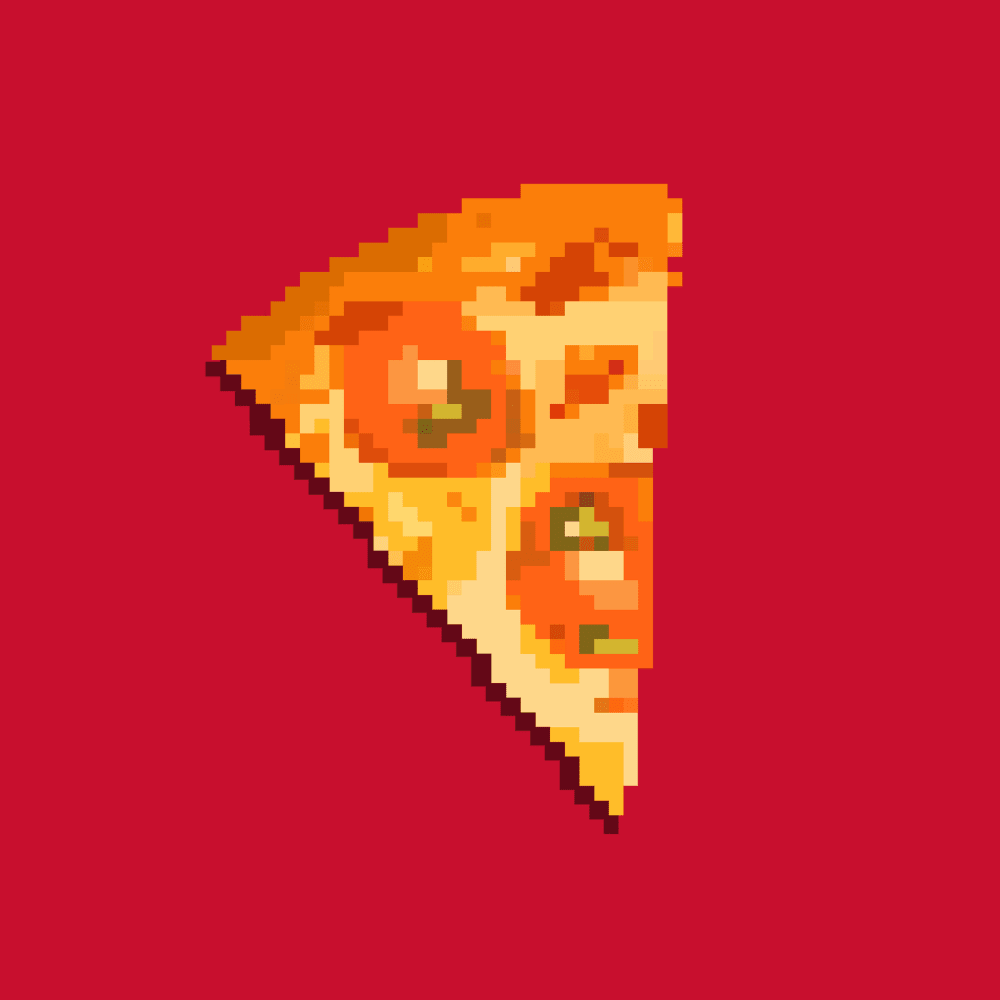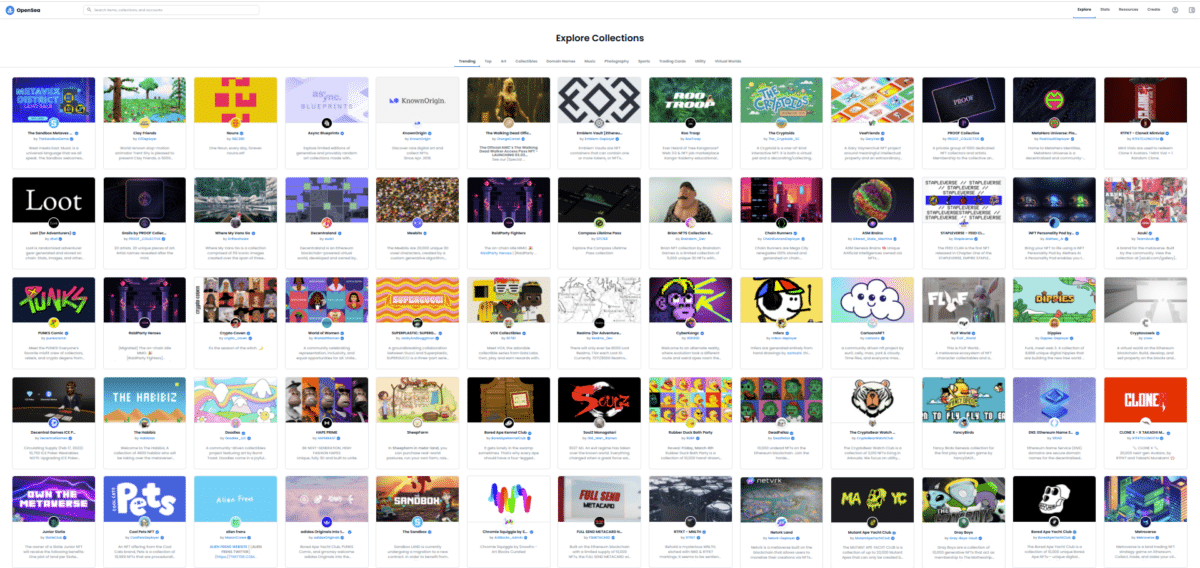By now, you’re probably at least vaguely aware of NFTs. These one-of-a-kind digital files are bought and sold online with cryptocurrency, sometimes for shocking sums. In 2021, NFTs edged their way closer to the mainstream, with lots of buzz surrounding benchmarks, like the collage by the digital artist Beeple, titled Everydays: The First 5000 Days, which sold for over $69 million at the auction house Christie’s in March of 2021.
Most high-profile NFTs have been various forms of digital art, like still images, GIFs and video clips, and have opened up new avenues for artists and art collectors, both green and experienced, to connect. They also allow artists longer-term benefits, with many of them receiving royalties every time the NFTs they created change hands.
What many skeptics shrugged off as a passing craze is now looking like it could be here to stay, a new part of the virtual cultural landscape.
Over the past year, more and more brands have jumped into NFTs for marketing, publicity and relevance. Among many of these brands have been legacy food brands, which begs the question: Are NFTs the future (or part of the future) of culinary content?

Before we take a closer look at this query, let’s back up for a moment and get into the quick-and-dirty of what NFTs are:
- NFT is an acronym for “non-fungible token.” Fungible is a legal term that refers to something that can be replaced, or something that is interchangeable. So, non-fungible is the opposite of that: something that is singular and irreplaceable. Although NFTs are digital files that can be copied and shared, the provenance and history of NFT itself is publicly recorded using blockchain technology.
- Blockchain technology is essentially a public digital ledger of transactions that is duplicated and distributed across a decentralized network of computer systems. It’s practically unhackable and unalterable, which makes the record of NFT ownership relatively air-tight. In this way, just as ownership of valuable physical art, autographs and artifacts is certified by experts, now original digital tokens can have that same level of verification and traceability. When a digital asset is recorded on the blockchain, it’s “minted.”
- NFTs are part of the Ethereum (ETH) blockchain; Ethereum is a type of cryptocurrency, and its servers support and store the NFT information. ETH can be purchased with US dollars through online exchanges, and stored in a crypto wallet.
- Early adopters of NFTs have behaved much like collectors of physical art do: buying up images with the intent to display them, flip them for a higher price tag, or simply show off to their friends. Owning an NFT is often less about the digital file itself (which can be replicated, just as a famous painting can be printed onto posters, calendars and mugs) and more about the verified proof of ownership of the original … and bragging rights.

- Most NFTs are sold through online NFT marketplaces, like OpenSea, NTWRK, Rarible and Nifty Gateway, and are paid for with cryptocurrency. The first sale of an NFT is on the “Primary Market,” and any subsequent sales are on the “Secondary Market.” Prices range from pennies to millions, with some NFTs increasing drastically in value over short periods of time.
- There is a great deal of concern over the environmental impact of NFTs. The energy required to power blockchain servers and the cryptocurrencies used to buy and sell NFTs creates high levels of carbon dioxide emissions. Some artists and brands have committed to creating carbon-neutral or greener NFTs, though there is an ongoing debate about the feasibility of this. For more on this complex topic, start here.
There is a lot more technological nuance behind the topic, but we hope that this post gives a good baseline understanding of what NFTs are and how they work (for more, check out this informative article on The Verge).
Full transparency: At Dish Works, we are not tech or crypto experts. We are food content experts. It does not escape our attention when national food brands experiment with new forms of content and marketing strategies.
As NFTs have captured the imagination of some consumers, especially a younger demographic, food brands have dipped their virtual toes in the water. We’ve seen a number of brands commissioning artists to create limited-edition or one-of-a-kind artworks using their branding and products. These have been sold, auctioned and given away through lotteries as a way to build hype, strengthen brand loyalty, and create novel experiences for fans.
Like so many emerging forms of technology, it may be tempting to write off NFTs as a flash in the pan or a fad. But we cannot ignore that NFTs are a new type of content that artists, brands and celebrities are using to connect with each other.
Will NFTs become a baked-in part of every brand’s future content marketing strategy, with any measurable return-on-investment? [Many global brands are already trying them out — more on that soon.] Or will they become a fringe-y novelty, the equivalent of trading cards for the rich and famous? Will the blockchain technology that enables NFTs pivot and find permanence in a different form?

These are questions that can’t be answered at the moment, as the story around crypto and NFTs is still unfolding. But we think it’s worthy of a conversation, especially from a content creation perspective. Beautiful digital assets are our love language, and we plan to keep learning and exploring the role that images, GIFs and videos will continue to play in the virtual spaces that we inhabit.
If your marketing team wants to explore the future of content marketing, we’d be happy to chat! Head here to set up a kick-off call.